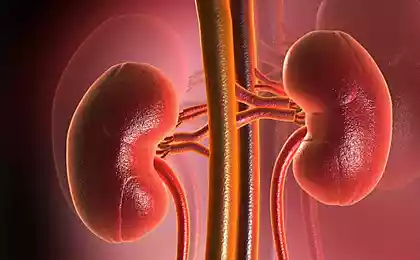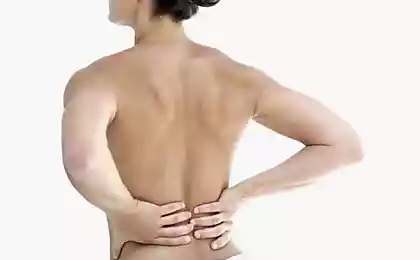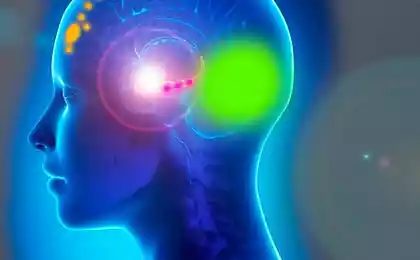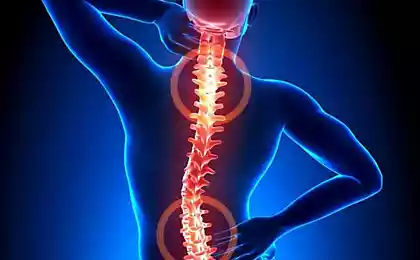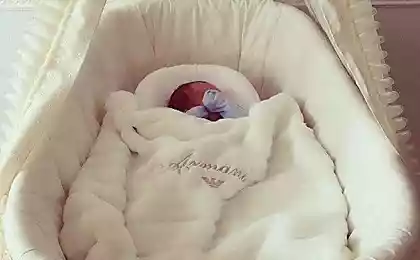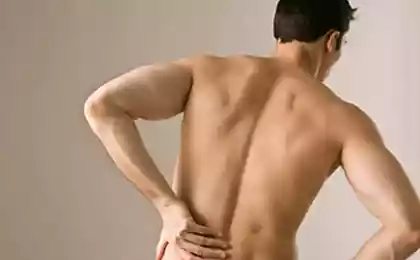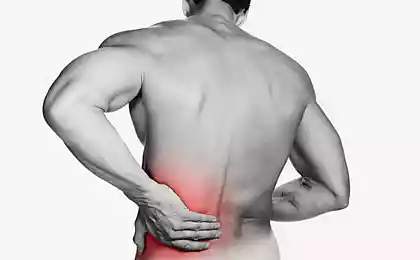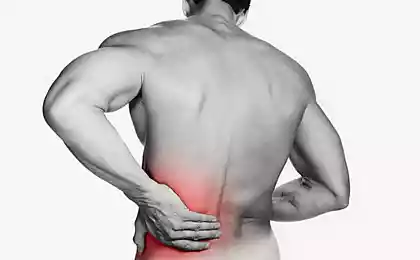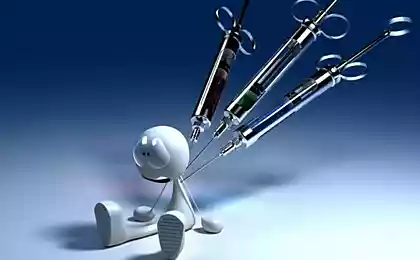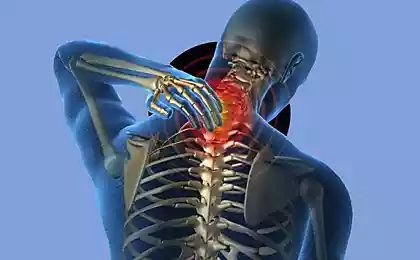570
How to determine what is a pain: lower back or kidneys
Back painMany faced with the problem of pain in the lumbar region. It is not always possible to immediately understand, a sore lower back or kidneys.
Sixteen million five hundred forty four thousand five hundred sixty nine
Lower back can hurt for many reasons:
CHARACTERISTIC PAIN IN DISEASES OF THE SPINE AND BACK MUSCLESThe pain may be pulling or sharp, "shooting", when it is impossible even to straighten his back. If you have problems with spine pain frequently is localized in the middle of the lower back. It may radiate to the lower limbs.
Pain in osteochondrosis and radiculitis usually amplifies during movement. Mobility in the lumbar spine is limited due to muscle spasm. Pain is reduced after rubbing in the small of your back warming and anti-inflammatory ointments or gels. Also back pain can be alleviated if the warming or wear a special orthopedic belt.
THE SYMPTOMS OF KIDNEY DISEASETo understand that you have a headache, need to know what are the symptoms if you have kidney disease may be accompanied by lower back pain. The most common inflammatory disease of the kidneys glomerulonephritis and pyelonephritis. Also lower back pain may be a manifestation of urolithiasis, the main symptom of which is the so-called renal colic.
Thirteen million nine hundred twenty thousand fifty six
It is necessary to remember, what was the cause of lower back pain. Shortly before this, if you have wet feet or cold, this indicates an inflammation of the kidneys. If the onset of symptoms was preceded by heavy physical work, unusual strain on the back, or you simply slept in an uncomfortable position, you are most likely to disturb the spine or the lumbar muscles. Glomerulonephritis can be assumed in the case when a couple of weeks before occurrence of painful sensations in the lumbar region you had quinsy, flu or other colds.
So how to determine what is kidneys hurt? It is necessary to pay attention to the following symptoms:
A very important localization of pain. Many do not know where to be treated and what are the characteristics of pain. When kidney disease pain often disturbs with one hand – left or right of the spine. It is localized just below the ribs and may radiate to the following areas:
The pain caused by the inflammation of the kidneys is of different nature. Inflamed kidneys increase in volume, the fabric swells. The result stretched the renal capsule, which is many nerve endings. Tensile shell is the stimulation of these endings, which leads to pain. For pyelonephritis and Glomaroneia characterized by a dull aching sensation in the right or left lumbar region. In these diseases the pain is very pronounced, in contrast to kidney stones and diseases of the spine.
Thirty six million eight hundred ninety seven thousand nine hundred fifty seven
Diagnostic studyAn experienced professional knows what symptoms with kidney disease the most typical. To distinguish renal pathology from back pain, the doctor does the following technique: hand taps on the lumbar region. If you have kidney disease effleurage is accompanied by a dull inner pain.
The most important studies for the differential diagnosis are the following:
P. S. And remember, just changing your mind — together we change the world! ©
Source: //lechim-pochki.ru/kak-opredelit-chto-bolit-poyasnitsa-ili-pochki/
Sixteen million five hundred forty four thousand five hundred sixty nine
Lower back can hurt for many reasons:
- radiculitis,
- osteochondrosis,
- cholelithiasis,
- aortic aneurysm,
- pancreatitis,
- ulcer of the stomach or duodenum 12,
- kidney disease,
- inflammatory processes in the pelvic cavity.
CHARACTERISTIC PAIN IN DISEASES OF THE SPINE AND BACK MUSCLESThe pain may be pulling or sharp, "shooting", when it is impossible even to straighten his back. If you have problems with spine pain frequently is localized in the middle of the lower back. It may radiate to the lower limbs.
Pain in osteochondrosis and radiculitis usually amplifies during movement. Mobility in the lumbar spine is limited due to muscle spasm. Pain is reduced after rubbing in the small of your back warming and anti-inflammatory ointments or gels. Also back pain can be alleviated if the warming or wear a special orthopedic belt.
THE SYMPTOMS OF KIDNEY DISEASETo understand that you have a headache, need to know what are the symptoms if you have kidney disease may be accompanied by lower back pain. The most common inflammatory disease of the kidneys glomerulonephritis and pyelonephritis. Also lower back pain may be a manifestation of urolithiasis, the main symptom of which is the so-called renal colic.
Thirteen million nine hundred twenty thousand fifty six
It is necessary to remember, what was the cause of lower back pain. Shortly before this, if you have wet feet or cold, this indicates an inflammation of the kidneys. If the onset of symptoms was preceded by heavy physical work, unusual strain on the back, or you simply slept in an uncomfortable position, you are most likely to disturb the spine or the lumbar muscles. Glomerulonephritis can be assumed in the case when a couple of weeks before occurrence of painful sensations in the lumbar region you had quinsy, flu or other colds.
So how to determine what is kidneys hurt? It is necessary to pay attention to the following symptoms:
- deterioration of health: lethargy, drowsiness, fatigue, weakness;
- increase in blood pressure, and as a result, a headache;
- the appearance of edema on the face, legs, which is usually noticeable in the morning and in the evening smoothed;
- the increase in body temperature, chills, sweating;
- nausea, loss of appetite, vomiting;
- frequent or painful urination;
- the intensity of pain does not depend on the position of the body.
A very important localization of pain. Many do not know where to be treated and what are the characteristics of pain. When kidney disease pain often disturbs with one hand – left or right of the spine. It is localized just below the ribs and may radiate to the following areas:
- on the lateral surface of the abdomen and groin;
- in the course of the ureter;
- vulva;
- on the inner surface of the thighs.
The pain caused by the inflammation of the kidneys is of different nature. Inflamed kidneys increase in volume, the fabric swells. The result stretched the renal capsule, which is many nerve endings. Tensile shell is the stimulation of these endings, which leads to pain. For pyelonephritis and Glomaroneia characterized by a dull aching sensation in the right or left lumbar region. In these diseases the pain is very pronounced, in contrast to kidney stones and diseases of the spine.
Thirty six million eight hundred ninety seven thousand nine hundred fifty seven
Diagnostic studyAn experienced professional knows what symptoms with kidney disease the most typical. To distinguish renal pathology from back pain, the doctor does the following technique: hand taps on the lumbar region. If you have kidney disease effleurage is accompanied by a dull inner pain.
The most important studies for the differential diagnosis are the following:
- x-ray of the lumbar spine (osteochondrosis and radiculitis there are characteristic changes of the spine – osteophytes, herniated disc, etc.);
- General analysis of blood (in diseases of the spine usually there are no changes in kidney disease leukocytosis, anemia, increased erythrocyte sedimentation rate);
- urinalysis (increased or decreased relative density of urine, hematuria, pyuria, bacteriuria, increased salt content talking about kidney disease);
- Ultrasound of the kidneys and the abdominal cavity (increasing the volume of the kidneys, presence of calculi).
- if you find that lower back pain that is followed by the mentioned symptoms, do not self-medicate, and immediately contact your doctor;
- when inflammation of the kidneys cannot warm the lower back, so do not apply a heating pad and not mates ointment before consulting a specialist. published
P. S. And remember, just changing your mind — together we change the world! ©
Source: //lechim-pochki.ru/kak-opredelit-chto-bolit-poyasnitsa-ili-pochki/


